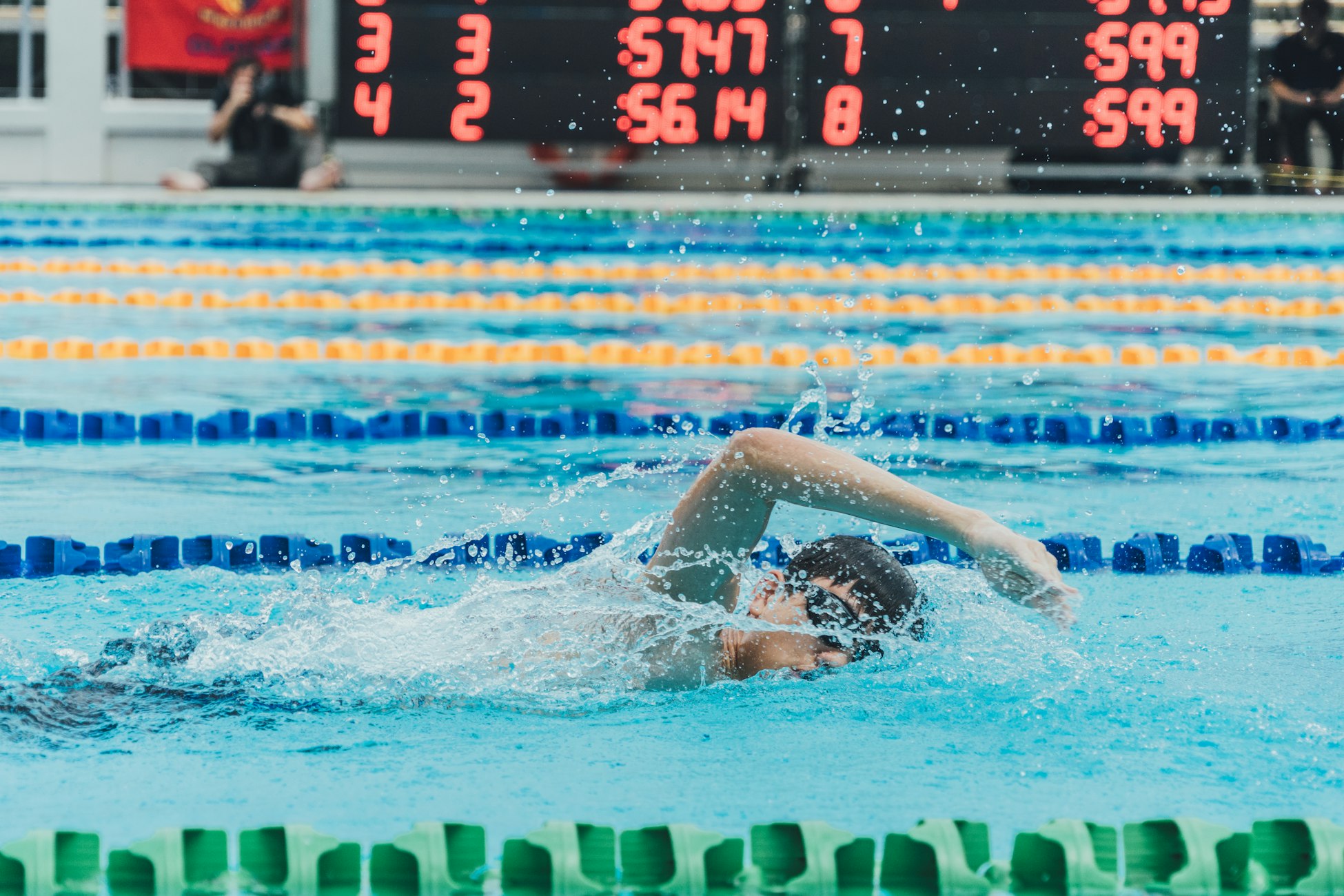A Guide to How Oxygen Fuels an Athlete’s Muscles - By Elle Peters

Listen up athletes and fitness buffs, oxygen is one of the building blocks of muscle fuel and it’s crucial to muscle performance. Vitality Air has already touched on the major benefits of pure oxygen on athletic performance and muscle recovery in an earlier article. Simply put, muscles become fatigued easily and it takes them longer to recuperate without a steady supply of oxygen. However, if you want to know how it affects muscles on a cellular level, this article is for you.
Breathe in, breathe out
We’ve learned in early biology classes that the process of breathing in and out is called respiration. What it does is take in oxygen and expel carbon dioxide. Knowing this is important for athletes because respiration is directly responsible for the production of energy in the body. This process is called metabolism of which there are two types: aerobic and anaerobic.
In aerobic metabolism, the oxygen that passes through tiny air sacs, called alveoli, is then carried into the bloodstream where it will reach the muscles. Oxygen is necessary for burning carbohydrates, fats, and proteins that turn it into energy in the form of adenosine triphosphate (ATP). Meanwhile, Very Well Fit details that sugars can still be broken down into energy without oxygen through anaerobic metabolism. However, this only uses glucose and glycogen, leaving out fats and proteins, which are more sustainable sources of energy.
So what?
In comparison, a single glucose molecule yields 3 ATP anaerobically while it can yield 39 ATP in the presence of oxygen. What this means is that oxygen is required for long-lasting energy sources for the muscles. While you exercise, your muscles naturally use up energy more rapidly. This is why your breathing rate shoots up — so your lungs can pull in more oxygen and deliver it to where it’s needed.
But when the supply doesn’t match the demand — meaning you run out of oxygen to turn food into energy — your body produces lactic acid instead. Some of the symptoms of lactic acid build-up are cramps and muscle fatigue. This impacts performance and results in an athlete giving up due to lack of energy.
Anaerobic metabolism typically kicks in with sports that require sudden bursts of energy, like sprinting. However, if your sport requires stamina, such as running, swimming, or basketball, you would need a steady supply of oxygen in order to fill up your tank. This is why several endurance athletes have started to incorporate oxygen-based treatments into their routine, like water polo player Ashleigh Johnson and basketball superstar LeBron James. Both are fans of oxygen therapy, with USA Today reporting that the NBA star even sleeps in a hyperbaric chamber, to help his muscles recover faster and improve his performance
This particular treatment that James uses provides pure oxygen with increased pressure. Compared to canned oxygen, a single hour-long session may cost anywhere from $60 to $225 in Canada. But considering that LeBron James is currently the highest-paid basketball player in the world with endorsement deals with a slew of major brands, paying a couple of hundred dollars to improve his game is not going to be an issue. Aside from replenishing oxygen supply, oxygen therapy is said to reduce inflammation, minimize muscle soreness and help repair scar tissue. It means that oxygen is not only responsible for increasing energy levels, but also speeding up the recovery process following intense workouts.
Proper breathing technique
Of course, you can’t stay in an oxygen chamber forever. What you need to do is refine your breathing technique so that it comes from the diaphragm. Yoga teacher Dana Santas pointed out that shallow breathing causes tension in the chest, neck, and upper back muscles. This constricts the body and leads to an inefficient breathing pattern.

To practice diaphragmatic breathing, take a seat with one hand on your stomach and one hand on your chest. Inhale deeply through your nose and feel your stomach rising up while your chest remains still. Exhale and feel your belly lower. Practice this technique at least 15 minutes a day and apply it to your future workouts.
For the exclusive use of vitalityair.com
By Elle Peters


